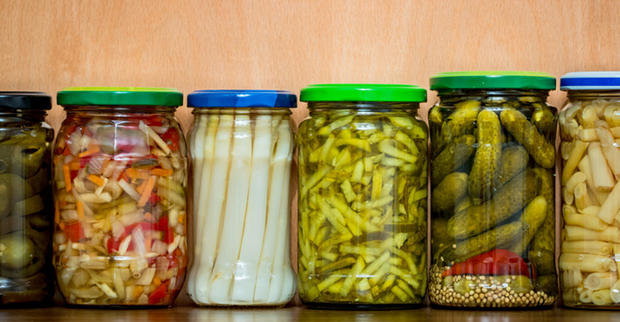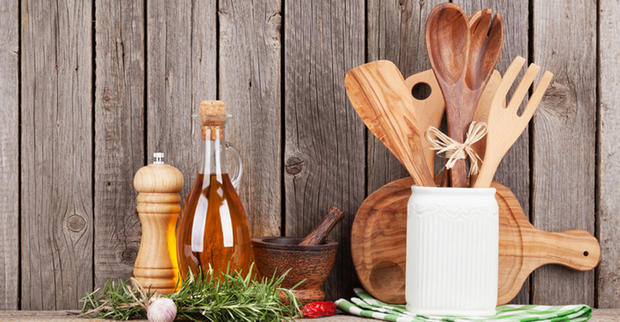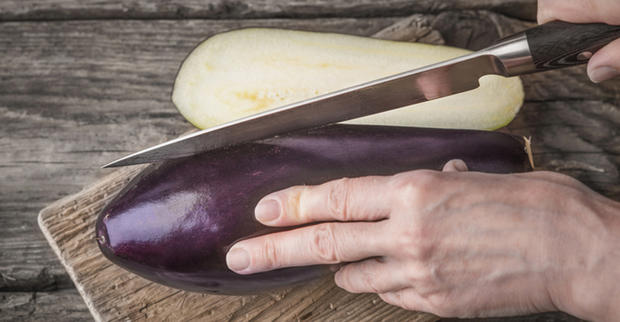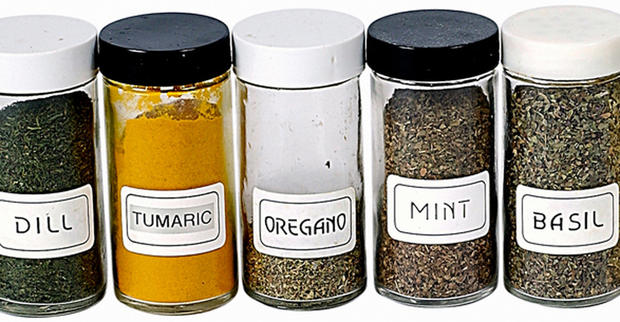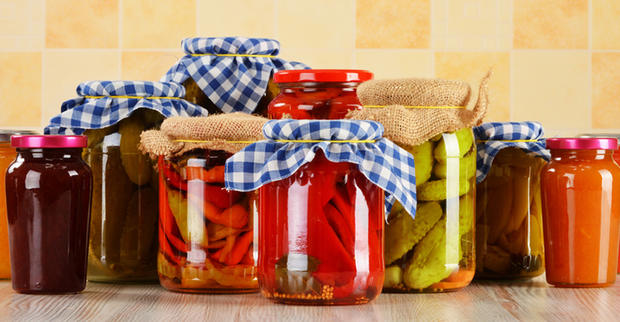Forget Canning: Pickle Your Summer Fruits & Vegetables
While canning—such as making jams and preserves—is always a wonderful way to preserve and store your summer fruits and vegetables for the cold months to come, it's not the only preservation technique. Canning can include pickling, but you don't need to can in order to pickle. Pickling, after all, involves using vinegar to preserve and flavor just about any vegetable, and quite a variety of fruit to boot. It also uses herbs, meaning you can play around with the flavors of what you're pickling. You can throw your pickled goodies it in the fridge, so the fruits of your labor are ready to eat whenever you are.
What To Pickle?
Some wonderful vegetable-based pickles are items like corn relish (perfect for sausages), pickled eggplant, pickled asparagus, pickled green beans and, of course, pickled cucumbers. Even fruits can get in on the action, as strange as that sounds. Pickled peaches are wonderful over meats like ham, and picked watermelon can be a wonderful summer treat.
How To Get Started?
Make sure you have the materials first. While you'll have some of the same materials as you would for canning (see here), the basic ingredients of a good pickle include water, vinegar, a variety will work, and pure sea salt (salt with additives may cause the brine to look cloudy).
Prep & Divide The Vegetables
Start by choosing your vegetables, washing them thoroughly, and then slicing them. Depending on the vegetable/fruit you're pickling, additional prep may be needed. For example, eggplant may need to be drained of the bitterness with the help of salt. After prepping, it's time to make sure you have enough mason jars for the vegetables and fruits you're pickling. Divide all the vegetables/fruits up so that it partially fills each jar, while leaving room for the brine and other flavorings.
Use Flavorings
Speaking of flavorings, in addition to the pickling ingredients of water, vinegar, and sea salt, you'll want to amp up the flavors in a different ways. Depending on what you're pickling you can add dry spices, such as celery seed, turmeric, and bayleaf, as well as fresh spices including garlic, dill and oregano. Play with different combinations and have fun with it! Since pickled items should be refrigerated and enjoyed in the weeks following, you'll have plenty of time to play with different flavors. Here are some recipe ideas for brines to get you started.
Pour Into Jar
Time to finish the pickling process by pouring the brine into the sterilized jars and over the vegetables/fruits to be pickled. Put the tops on the jars, and then store in the refrigerator. The jars should be allowed to marinate for at least 24 hours so the produce can soak up all that wonderful brine and flavor. Once that day is up, it's time to enjoy your homemade pickled treat!
One last note: if you want to make the pickled item shelf stable, then finish the process by canning and sealing the jars!
Liz SanFilippo Hall is a freelance writer, who enjoys trying new foods from all over the world. But her favorite city for culinary treats will always be Chicago. When not blogging about food, she's working part-time at a culinary vacation company, The International Kitchen, based in the Windy City, as well as repping Younique cosmetics and skincare products. Some of her writing can be found at Examiner.com.
